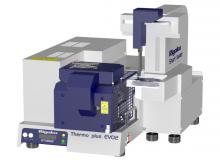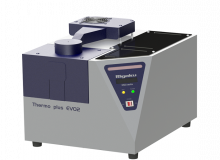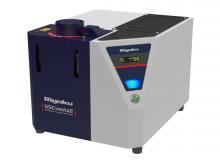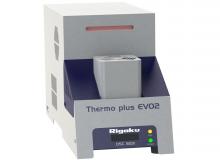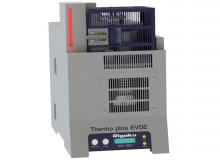Introduction
Starch is the one of the most abundant, renewable and inexpensive biodegradable polymer. Since then, the production of biodegradable starch-based derivatives as an alternative to the conventional petroleum based products have attracted much attention. Starch is combined with plasticizers such as vegetable oil; and fillers such as cellulose material to produce the starch-based filler. In this application, we investigate the thermal behavior of a starch-based filler using STA and illustrate the effectiveness of sample observation function.
Thermal analysis products from Rigaku
TG-DTA is a hyphenated technology generally referred to as simultaneous thermal analysis (STA).
Quantifies the energy changes in reactions such as melting, transition, crystallization and glass transition temperature.
TMA is the measurement of a change in dimension or mechanical property of the sample while it is subjected to a controlled temperature program.
The compact humidity generator (HUM-1) is connected to the TG-DTA for measurements under constant relative humidity water vapor atmosphere.
TMA/HUM measures change in dimension or mechanical property of a sample while subjected to a temperature regime under water vapor atmosphere with a constant relative humidity.
In TG-FTIR, gases evolved by volatilization or thermal decomposition are qualitatively analyzed, which allows you to track changes in the generated amount along with the temperature change.


